The 3rd Asia-Pacific CBR Congress
Poverty and Disability: Urban and Rural Situation In the context of Bangladesh Abstract
Nasreen Ara Surat Amin
Additional Secretary,
Ministry of Social Welfare,
Government of Bangladesh
Managing Director
National Foundation for the
Development of persons with Disability
Bangladesh is a South Asian developing country with a high densely population of 152.5 million in 147,570 Sq Km territory. The average density of population is 1015 per square mile while the city population particularly in the capital city of Dhaka is 8,111 per square mile.
Poverty is considered as one of the major challenges for the country. The development programmes of the country attempt to address both the consequences as well as the root causes of poverty. However, there is large scale opportunity to consider disability-inclusion within the poverty alleviation efforts of the country, which can largely be achieved through community based inclusive development initiatives following the CBR framework.
It is well accepted that poverty is both a major cause and consequence of disability. Poverty and disability reinforce each other contributing to increased vulnerability and exclusion. Negative attitudes and practices reinforced by poverty contribute to create impairments. These factors also create barriers that result to a lack of assistance leading impairments to disabilities followed by exclusion. A lack of assistance at this stage results in isolation, marginalization and premature death. The poverty situation and scarcity of resources also limits creation of rehabilitation opportunities for people with disabilities and their capacity to access and attain much needed services.
The poverty and disability differs in the rural and urban situation because of the geographical environment, awareness, culture, access to services, skilled human resources, etc. The insurmountable needs for people with disabilities that exist in the country in both the rural and urban context can’t be dealt either by the Government or by the NGO sector alone. Realizing this, the Government and NGO communities are working in partnerships and collaborations to improve the lives of the people with disabilities in Bangladesh. The detail discussion reflects the situation, process of planning and implantation and reflecting result and challenges.
Slide 1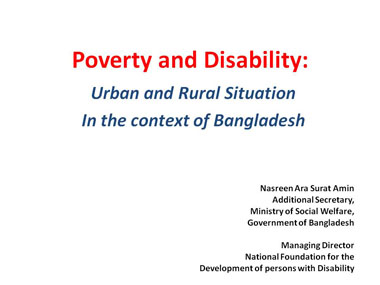 (Slide 1 text)
(Slide 1 text)
Slide 2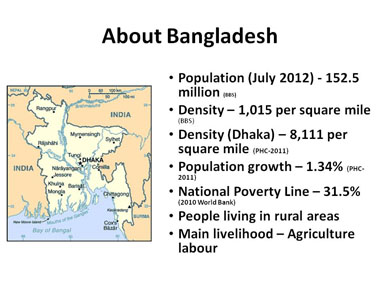 (Slide 2 text)
(Slide 2 text)
Slide 3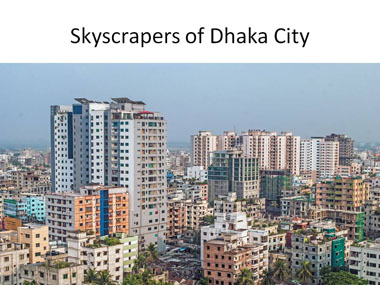 (Slide 3 text)
(Slide 3 text)
Slide 4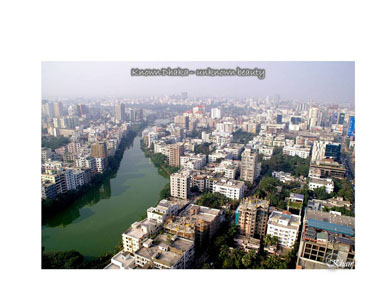
Slide 5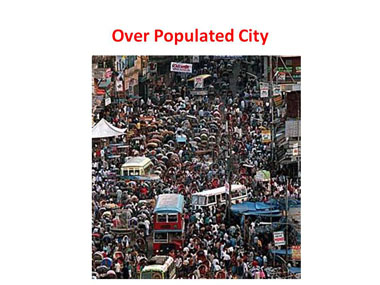 (Slide 5 text)
(Slide 5 text)
Slide 6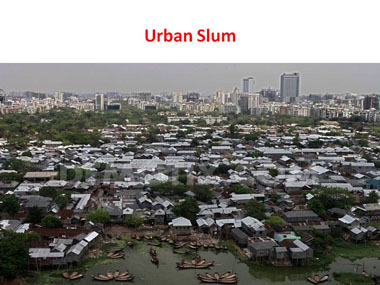 (Slide 6 text)
(Slide 6 text)
Slide 7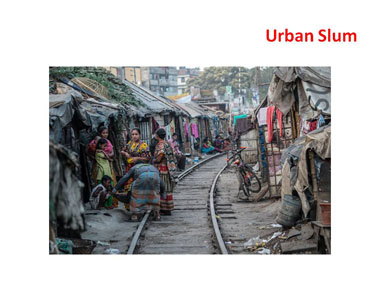 (Slide 7 text)
(Slide 7 text)
Slide 8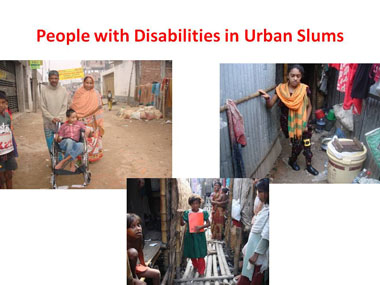 (Slide 8 text)
(Slide 8 text)
Slide 9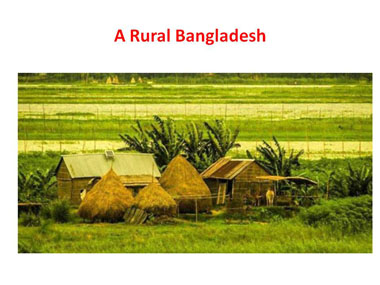 (Slide 9 text)
(Slide 9 text)
Slide 10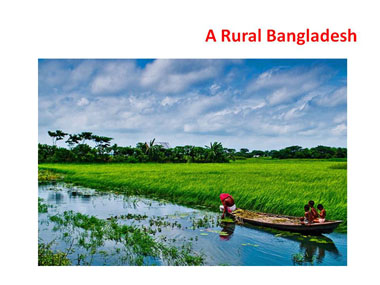 (Slide 10 text)
(Slide 10 text)
Slide 11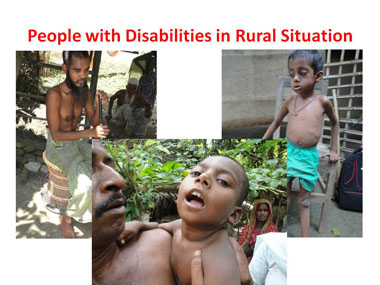 (Slide 11 text)
(Slide 11 text)
Slide 12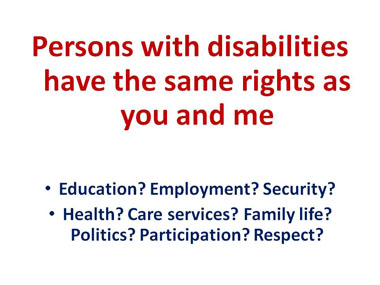 (Slide 12 text)
(Slide 12 text)
Slide 13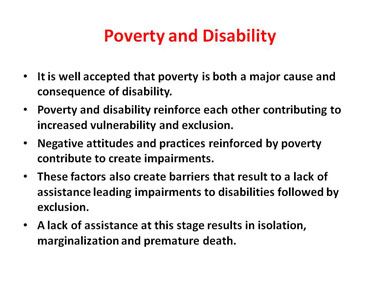 (Slide 13 text)
(Slide 13 text)
Slide 14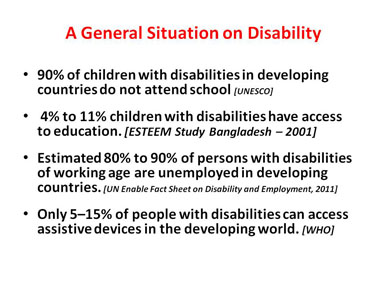 (Slide 14 text)
(Slide 14 text)
Slide 15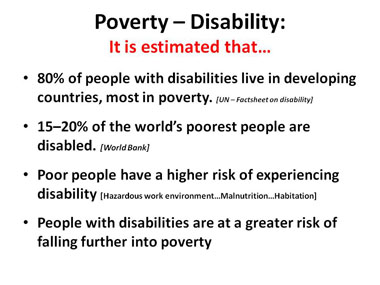 (Slide 15 text)
(Slide 15 text)
Slide 16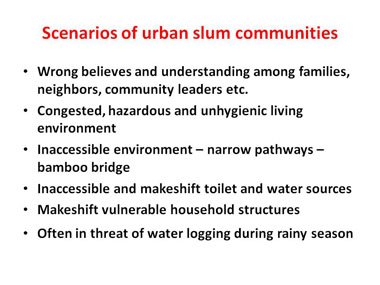 (Slide 16 text)
(Slide 16 text)
Slide 17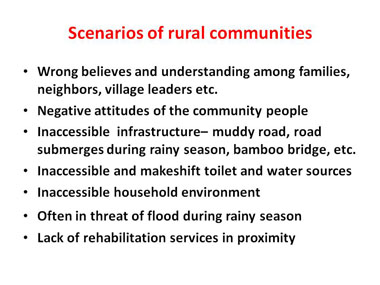 (Slide 17 text)
(Slide 17 text)
Slide 18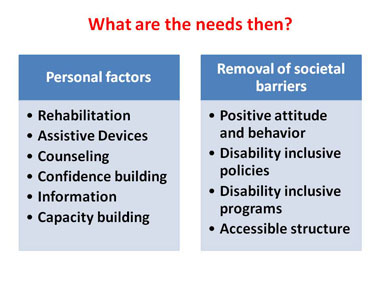 (Slide 18 text)
(Slide 18 text)
Slide 19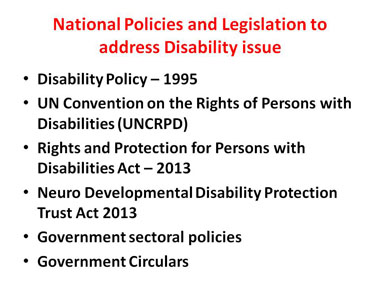 (Slide 19 text)
(Slide 19 text)
Slide 20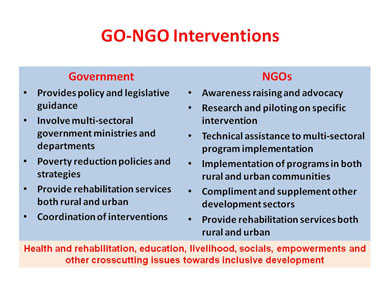 (Slide 20 text)
(Slide 20 text)
Slide 21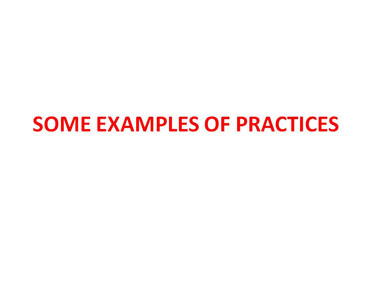 (Slide 21 text)
(Slide 21 text)
Slide 22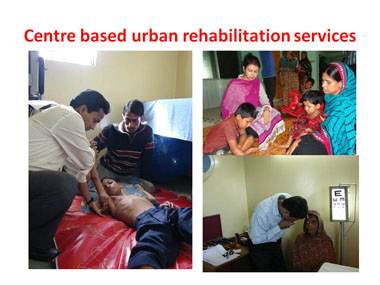 (Slide 22 text)
(Slide 22 text)
Slide 23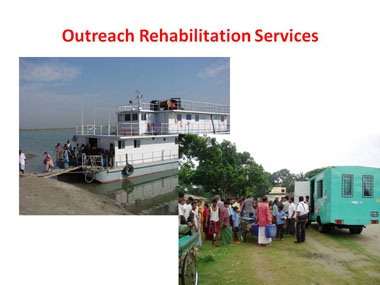 (Slide 23 text)
(Slide 23 text)
Slide 24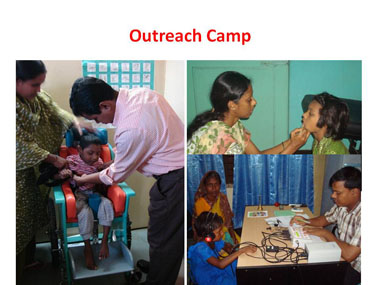 (Slide 24 text)
(Slide 24 text)
Slide 25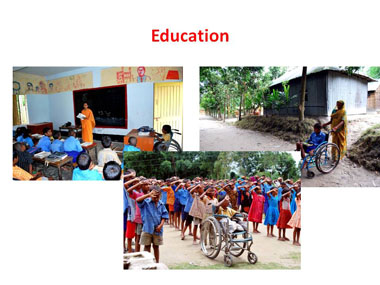 (Slide 25 text)
(Slide 25 text)
Slide 26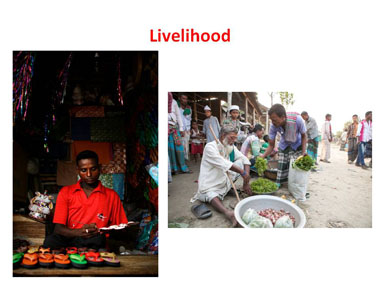 (Slide 26 text)
(Slide 26 text)
Slide 27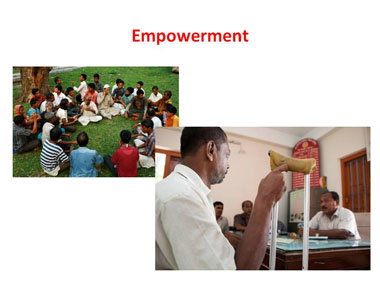 (Slide 27 text)
(Slide 27 text)
Slide 28 (Slide 28 text)
(Slide 28 text)
